Stephen Finlay Archer
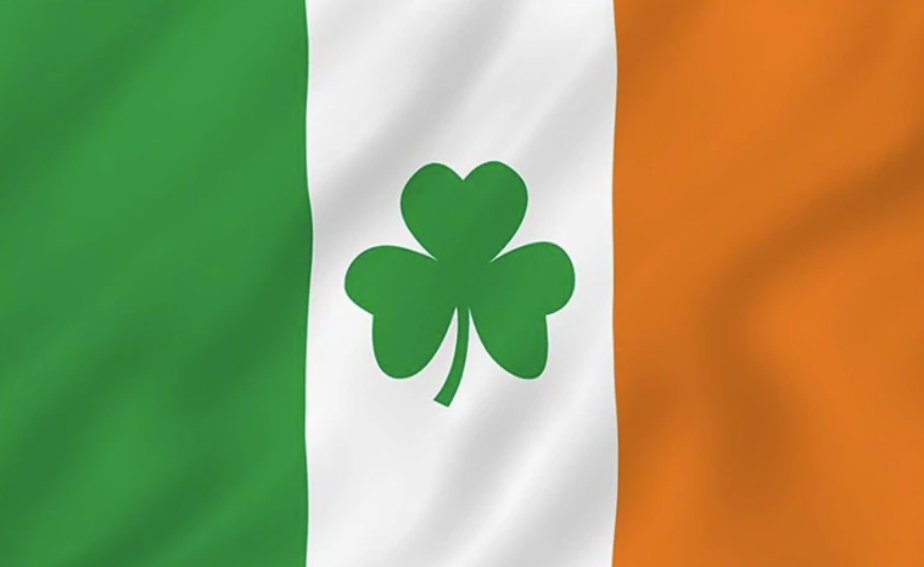
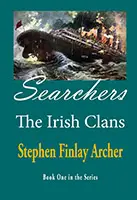



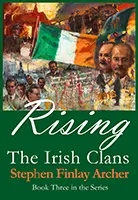

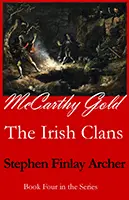



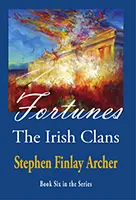

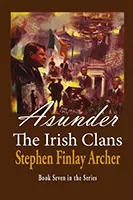

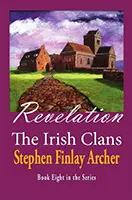

What was the Irish Revolution?
It took three more years and the end of WWI to mobilize the Irish Volunteers now called the Irish Republican Army (IRA) to break free of Britain. The rebels used the hit-and-run guerrilla tactics that their ancestral Clans had employed so successfully. During this two-year war of independence from 1919 to 1921 the southern, mostly Catholic Republicans formed into flying columns in most of Ireland except the north-eastern mainly Protestant Ulster counties to disrupt police, judicial, and civil British functions. The southern rebels employed a crack Squad of assassins to deplete the British intelligence ranks!
In mid-1921, after Pope Benedict XV pleaded for peace and King George V intervened, Britain proposed a truce to negotiate an Anglo-Irish Treaty which separated Southern Ireland’s 28 counties with a separate commonwealth government that still had to be overseen by the British parliament and who’s citizens still had to swear allegiance to the Crown. Britain would withdraw their military and governmental forces from this large section of Ireland. The remaining 6 counties in Northern Ireland would remain an integral part of Britain.
Britain made it clear that failure to agree would result in devastating consequences for the Irish population.
Michael Collins was a major Republican negotiator of these deliberations and he realized this was the best deal Ireland could get at that point in time. The treaty was signed in London on December 6, 1921 and ratified by the Republican Irish parliament of what became the Free-State on January 7, 1922.
Eamon de Valera, the President of this New Irish Free State, was dead set against this treaty since it did not liberate the whole island, would result in Catholic Irish citizens continuing to be trapped in Protestant dominated Northern Ireland, and required Irish citizens to swear allegiance to the British monarch.
As a result, a faction of the IRA members and Free State provisional government officials broke away from the pro-treaty forces and became anti-treaty forces. This resulted in a civil war that lasted until May 1923 when De Valera and the anti-treaty forces realized they could not win given the level of British support for their opposition.
Ireland had achieved partial independence but not without a great deal of Irish animosity on both sides which would cause serious problems later in the 20th century.


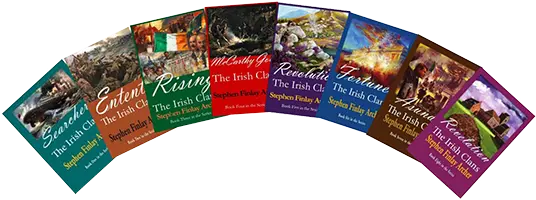
0 Comments